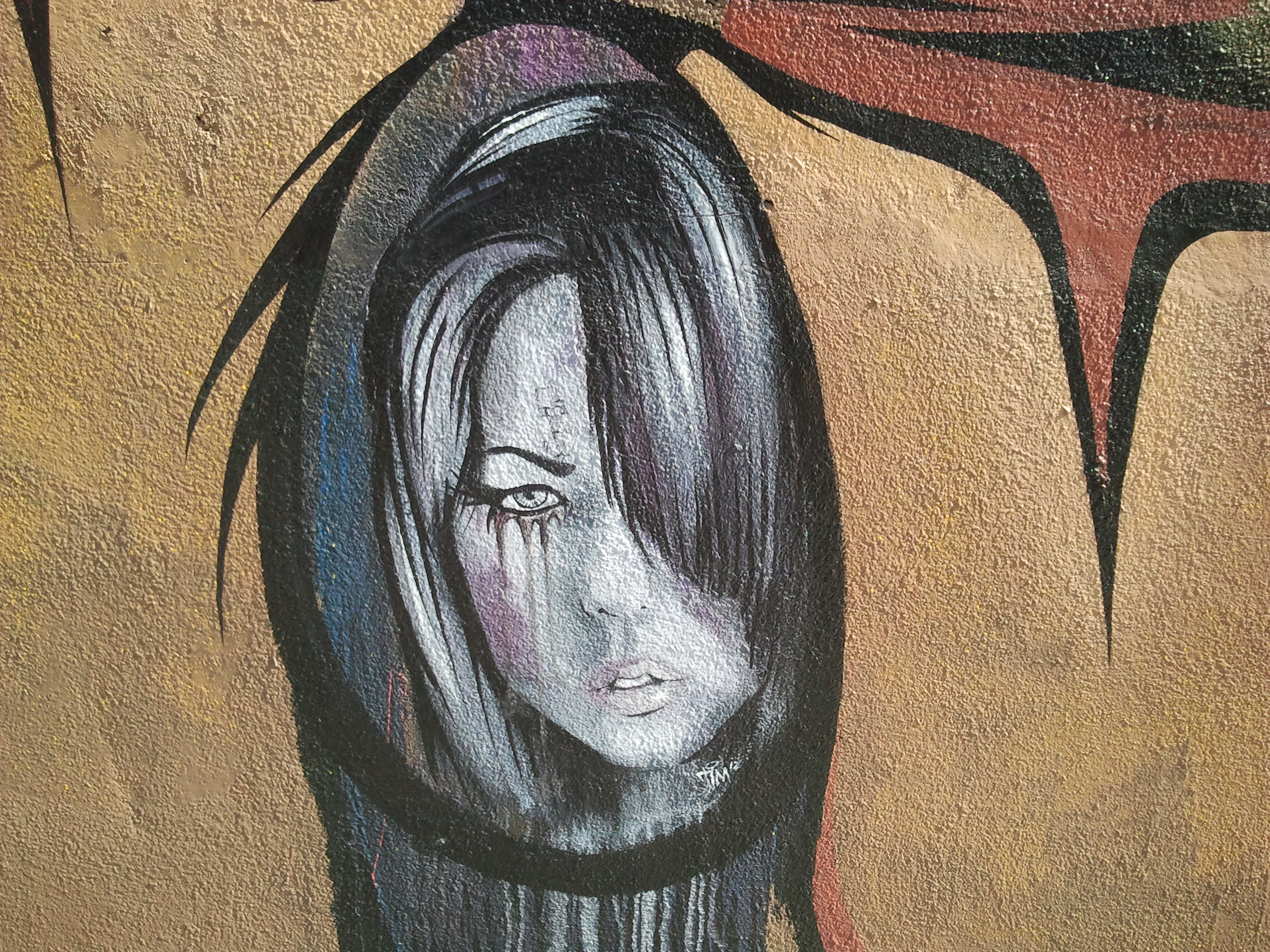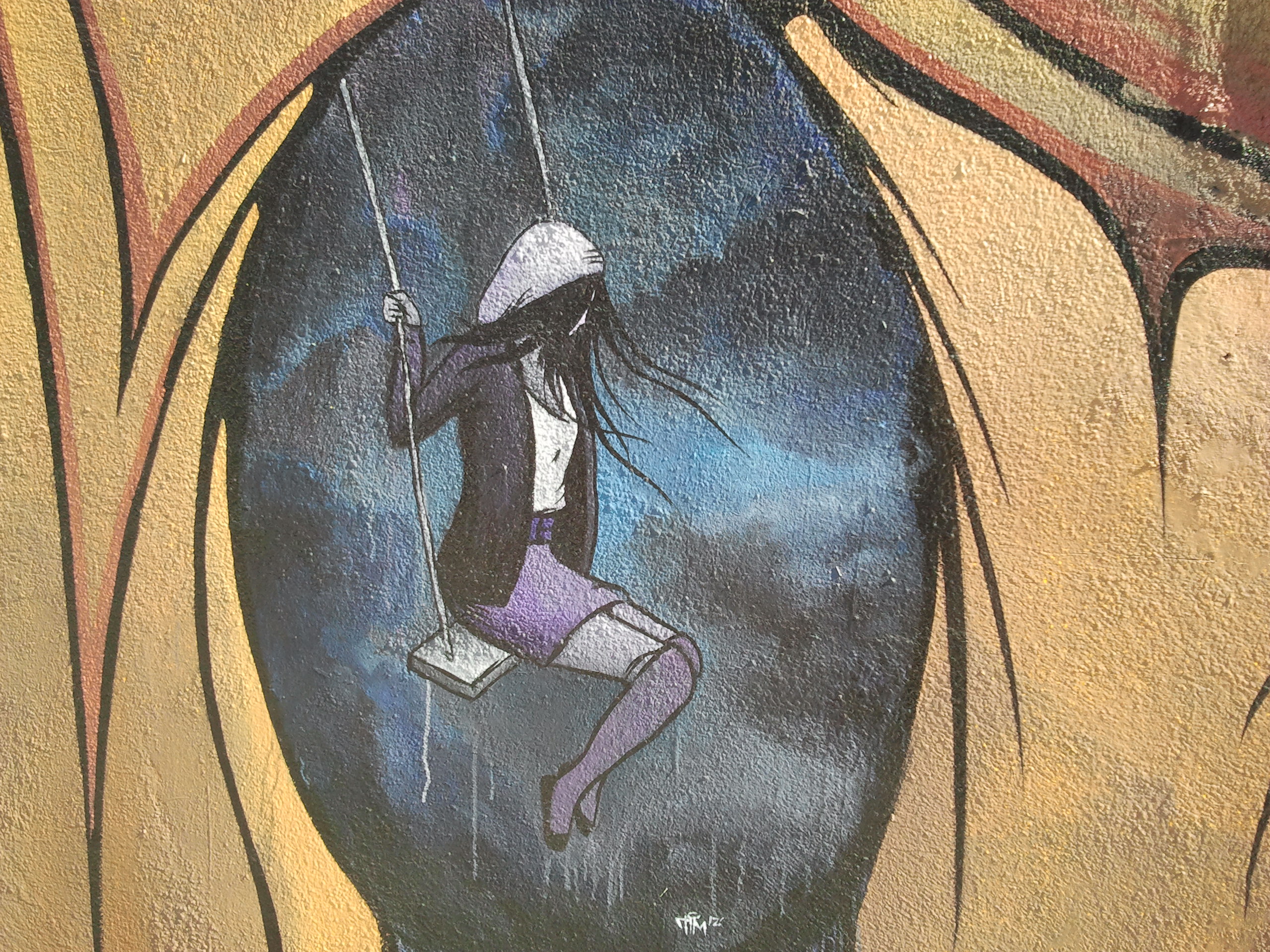
Today’s guest post comes from Ritu Kaushal, a San Francisco Bay Area-based author and the blogger behind the popular HSP and empath-centric website www.walkingthroughtransitions.com. Her writing has appeared on Tiny Buddha, Sensitive Evolution, Elephant Journal and Having Time amongst others. She recently released The Empath’s Journey, a book I highly recommend that every INFJ, INFP, and empath add to their arsenal of tools on how to survive as a Highly Sensitive Person in today’s world.
As an INFP writer, I have struggled over years with many of those same things that artists have always struggled with. When we are just an acorn, when our creative being has still not taken root, we are masters of self-doubt. After all, many of us haven’t been taught anything about what the creative process actually feels like.
So, when the creative instinct surges inside us, we feel like we’ll short-circuit. When it asks us to take a step forward, we can’t quite muster up the trust. Where will you take us, we want to ask? Will I be safe?
Over the last few years, the experience of writing my first book has helped me take a few more steps in faith, both in trusting myself and trusting the world around me. This process has culminated in my first book, The Empath’s Journey, which weaves together my personal experiences as a Highly Sensitive Person with insights from different psychological theories.
Working on my first book as well as the journey to actually starting has taught me a few things that might give you an insight into your own process as an intuitive INFP writer.
Throwing our hat over the fence is good for INFPs: In my 20s, I was cursed by that “fortunate-unfortunate” temperament that Elizabeth Gilbert talks about, the curse of having too many loves. I loved words and imaginary worlds. I was interested in photography. I loved dance and had learned Odissi, a classical Indian dance form from a nationally-renowned teacher for a few years and had gone back and forth about whether I should follow dance more seriously.
For many years, I went this way and that, never quite making up my mind, often feeling like I didn’t want to close down any option. Looking back, I see how this was partly a lack of faith and partly my INFP mind wanting to keep all my options open. In the meanwhile, life was “happening to me” at my corporate job where I felt increasingly like a cog in the wheel, unnamed and lost as a creative person.
It was only when I threw my hat into my writing self’s corner during my late-20s instead of trying to keep all possibilities open that I started making progress creatively. I decided that writing was the creative expression I wanted to consolidate and build up from. I could, of course, follow all my other loves, but this was going to be my main focus. Once I gave up my double-mindedness, it was then that I started moving forward.
As an INFP writer, we can channel the energy of our many different loves in writing: When I wrote The Empath’s Journey, it was heartening to see how all my different loves, instead of being distractions, were, in fact, now tools in my arsenal. When I had written a lot and emptied myself out, it didn’t mean I was blocked. It meant I had emptied all my words and needed to now dip into the realm of images. Then, doing art, something that seemed to nourish my very heart, filled me up and gave my writing another forward thrust.
During this process, it was also amazing to see how the energy of different activities magically translated into a piece of writing. Towards the end of writing the book, when I was trying to tie together the different ideas I had talked about in the preceding chapters, I felt exhausted and overwhelmed. I felt as if I didn’t quite know how to make the joins.
During this time, my husband Rohit, who loves giant 3,000 and 5,000-piece puzzles, was working on a small-for-him and overwhelming-for-me 1,000 piece puzzle. Usually, all I do is find him a few pieces. But this time, feeling frustrated that I wasn’t making progress with the book, I played for a bit. I let him give me directions and tried to emulate his patience as I sorted the puzzle pieces. In the end, I did maybe one-fifth of the puzzle. That gave me a real feeling of delight. When I wrote afterwards, I felt like I was translating this exercise in patiently fitting the different pieces into my last few chapters.
What was even more wonderful was that when I completed the book and my Beta readers read it, they told me how they had felt that the last few chapters were pieces of a puzzle coming together. Almost magically, the energy of puzzle-making had gotten transferred into the writing.
Since I began working on the book, I have noticed this translation of different loves in other people’s work as well. For example: the celebrated Indian-American writer Chitra Banerjee Divakaruni loves to paint. If you read her writing, her descriptions are almost visual. They are saturated in color, in light. It’s prose that feels very much like poetry.
Intuitive, imaginative writers can dip into the energy of different forms. INFPs, with their love for many subjects, can channel the feeling of all their different loves, all their sacred spaces into their writing. Our varied interests don’t have to paralyze us. They can be part of our writing process. They can be the fuel that gives us forward momentum. They can also be the pauses that help us rest. Their energy can weave in and out of our writing, and make it a living, breathing thing.
The Writer’s Voice Is Made up of Many Different Elements:
Writing a book has shown me how much writing is a “practice art,” where you learn most when you are down in the trenches. Before I wrote the book, I only had a limited understanding of “voice.” When I had workshopped some material in SF Grotto, a writer’s collective in San Francisco, I had come across different kinds of writers and understood viscerally that voice comes, first of all, from the markings of your own soul. Fundamentally, it depends on who you are, whether you are sarcastic and witty or imaginative and dreamy.
But writing The Empath’s Journey expanded that definition. It showed me that “voice” is constructed. That doesn’t mean it’s fake or artificial. What it does mean is that the way our voice comes across is made up of a series of creative decisions that add up to a whole. For example: I decided to include a few Hindi words in The Empath’s Journey because the book talks about how relocating from India to the United States nudged me towards rediscovering myself as an HSP and emotional empath. I didn’t want to overwhelm my readers with too many foreign-sounding words, so I consciously included only a select few Hindi words (and also translated them).
Using these words wasn’t just a stylistic choice. It tapped into my very feelings, into the pangs of homesickness I felt in the early days of being an immigrant. Like everyone who has left a home behind, language is one of my threads back, and I wanted to share those words and the feelings they contained with anyone who might read the book.
Even now, when I think of India, aflame red-flowered palash trees, the fragrance of Khus or Vetiver and the intoxicating beauty of Raat ki Raani (the Queen of the Night, as night-blooming jasmine is called) are precious fragments of my own self. So, they held a place in a story that talks about synthesizing a new home in a new country where nostalgia was mixed with feelings of overwhelm as I noticed scores of tiny details and again wondered how to relate to being “too sensitive.”
This was just one creative choice I made while writing my book. Another was deciding what personal incidents to include. Like many other INFPs, I am paradoxically both very reserved and also write from a personal space. So, sifting through and deciding what I wanted to share and what I wanted to keep private was a real exercise in learning to express my truth and my voice and deciding the parameters of what I felt was fully mine to share. These were just a few of the things I learned while writing The Empath’s Journey.
Completing it also showed me that I did have the patience and persistence to do it and not just dream it. It showed me that I didn’t have to transform to begin anything. I felt resistant time and again and wrote through it. The process was mostly hard work, but there were also some precious moments of feeling like everything was flowing, as if notes of music were cascading through me, as if I was sounding out the right words.
The experience taught me that “I am not enough” might come lashing out at me again and again, but that I can work in spite of this belief. I am something. I don’t have to be perfect to be myself. I am an artist who creates from everything that is flowing through her.
As are you.
If you are reading this, you have a dream. Our dreams can get choked with all the weeds that grow in our psyche. But you can reach inside and pull them out. The worlds that you spin, your very tendency to explore different directions as an INFP writer doesn’t make you into a dilettante. It makes you unique, someone who can piece together different elements into new combinations, someone who can combine different threads to create a new pattern.
The light is already there. You are the prism that makes it visible. Will you let it come through you? Will you let yourself shine?
Ritu Kaushal is a San Francisco Bay Area-based author and the blogger behind the popular HSP and empath-centric website www.walkingthroughtransitions.com. Her writing has appeared on Tiny Buddha, Sensitive Evolution, Elephant Journal and Having Time amongst others and has been shared thousands of times on social media. Ritu’s work pulls together different threads, combining personal and imaginative storytelling with insights from proven psychological concepts.


